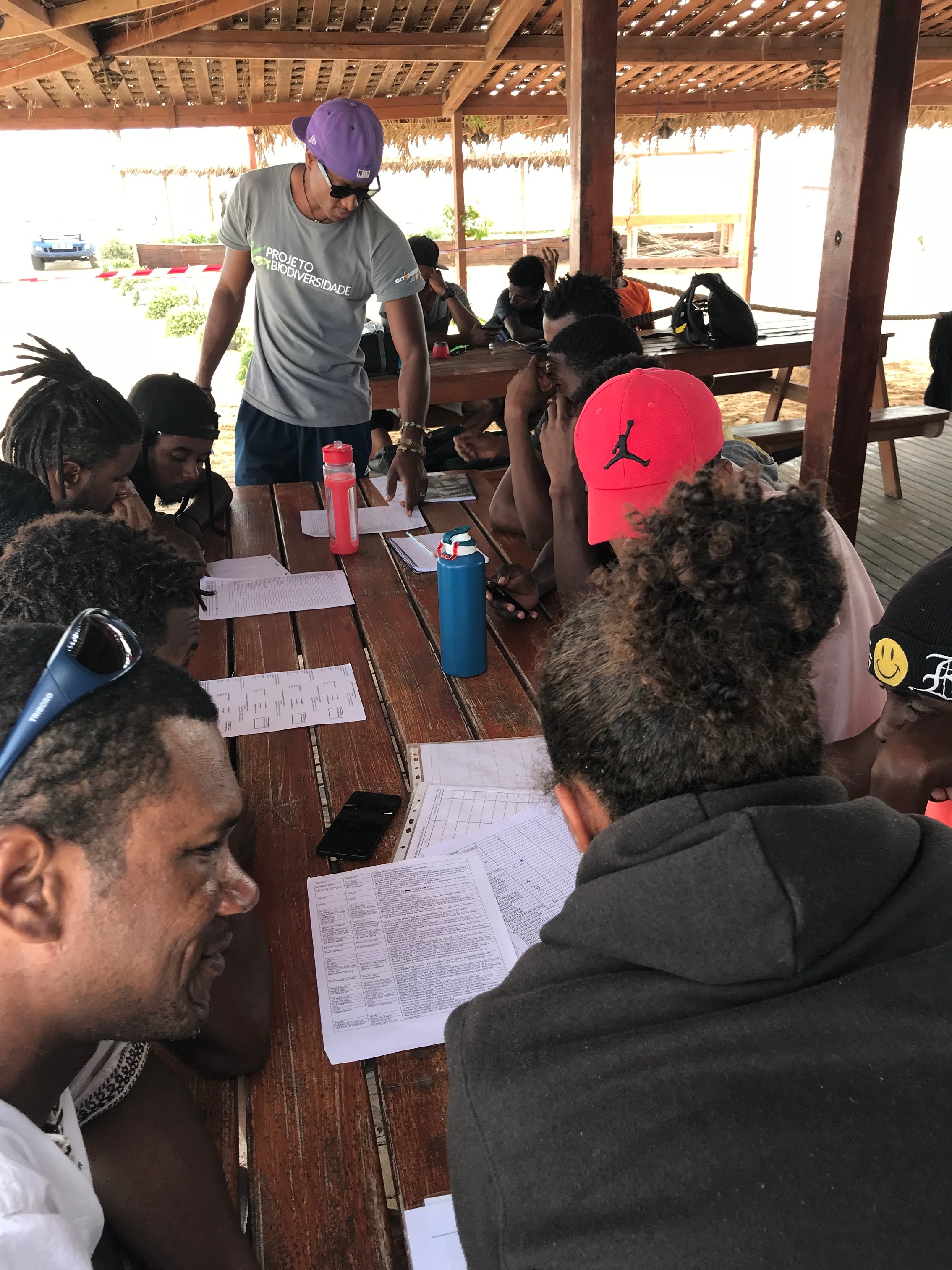Dogs have a highly developed sense of smell that enables them to locate hidden objects and follow traces of odorous objects. Thanks to their excellent ability to perceive acoustic and olfactory impressions, they are the ideal complement to humans in detecting difficult-to-see situations despite the darkness. Because of this profile, conservation dogs can provide valuable services in tracking and tracing poachers, for example. Dogs are also increasingly used for research, surveillance and protection purposes on sea turtle nesting beaches.
The training of the dog handlers and the conservation dogs is done by an expert dog trainer. The dog trainer spends at least 6 weeks per year on the project side and accompanies the team with online trainings.
The dogs' most important task is to search larger areas during beach patrols in order to detect unauthorised persons. Furthermore, they are specially trained to detect turtle meat and are able to find it in travellers' luggage at ports and airports, as well as in houses and cars. The dogs are also trained in mantrailing. This means that they are able to follow poachers who have left objects such as clothing, knives or ropes at the scene of a crime to which their scent adheres. This supports the local law enforcement authorities to track and prosecute poachers.
